

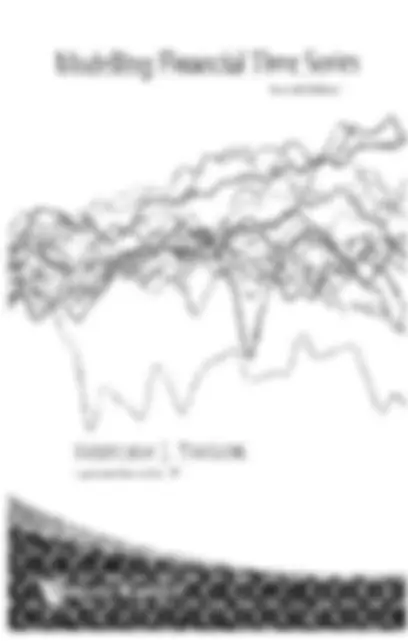








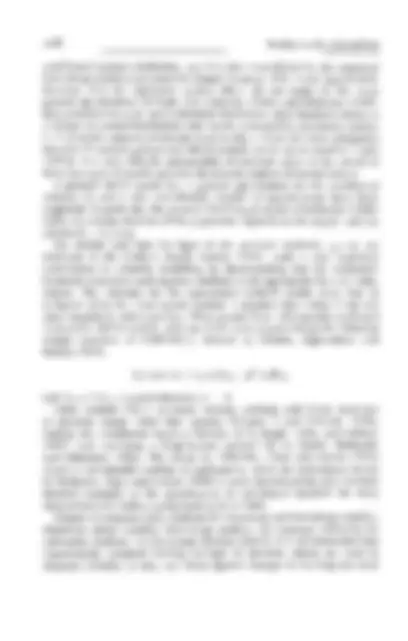












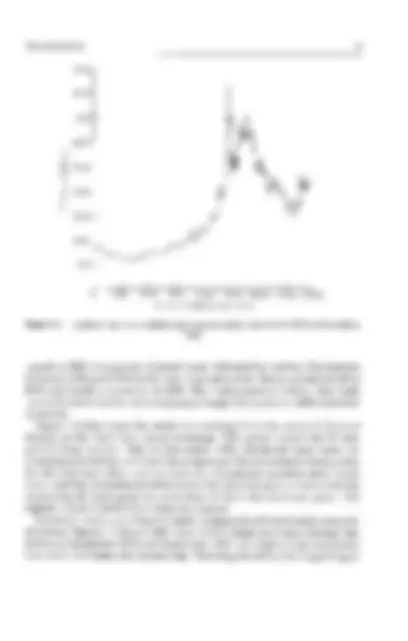
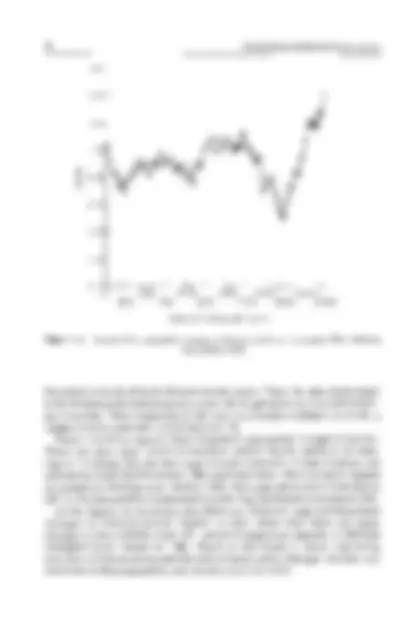
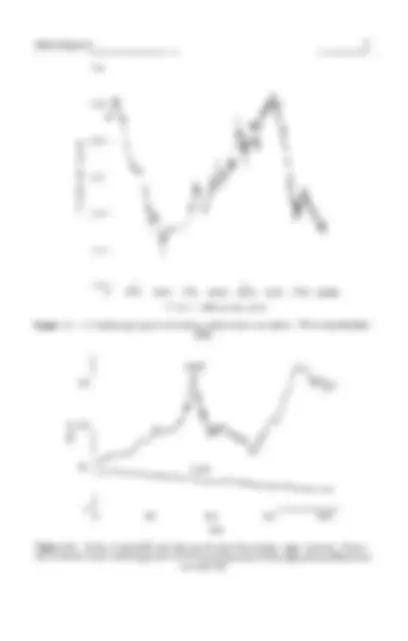












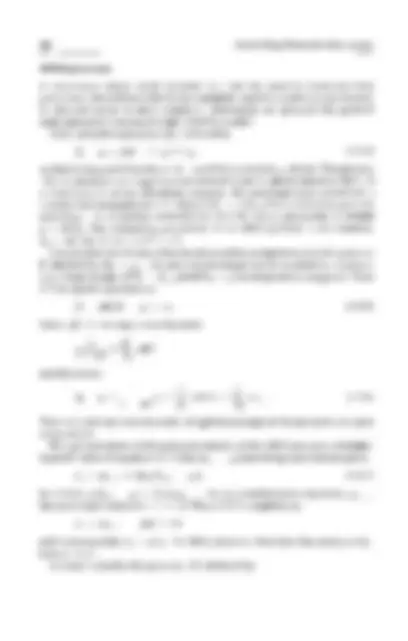
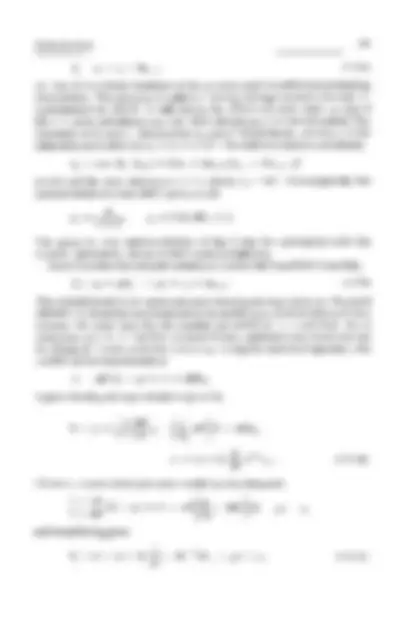
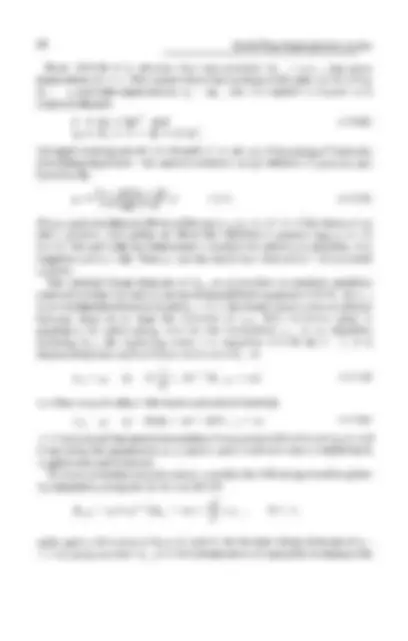








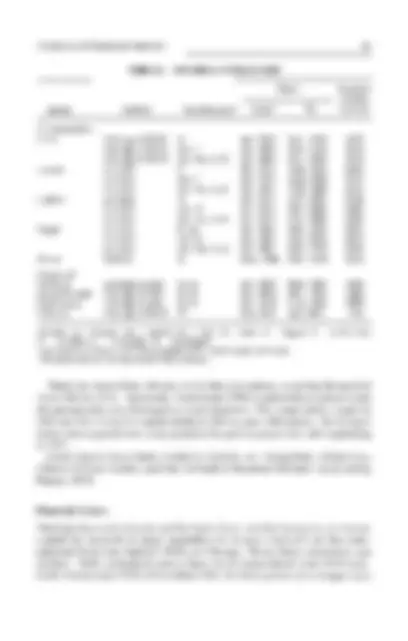
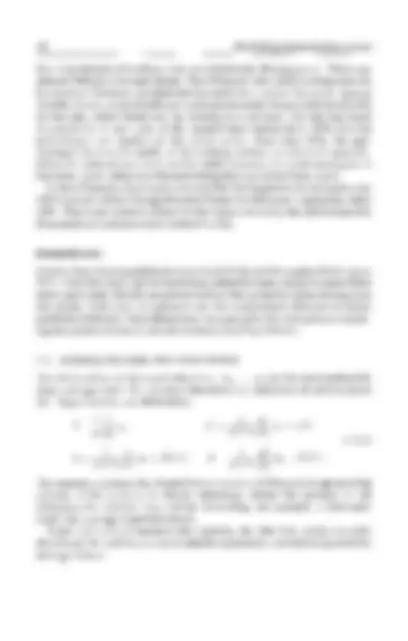
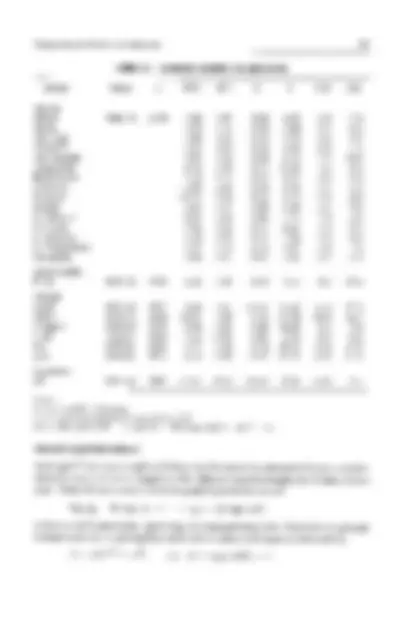
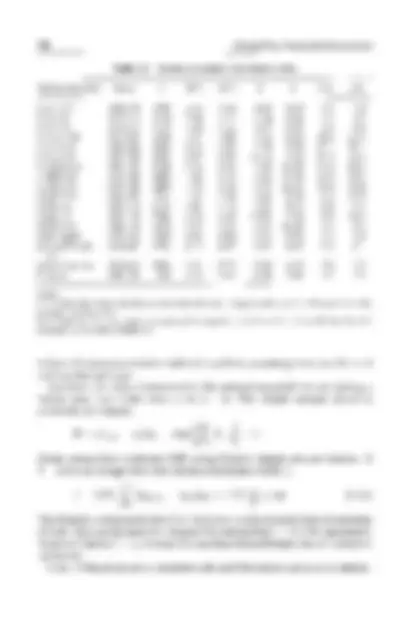





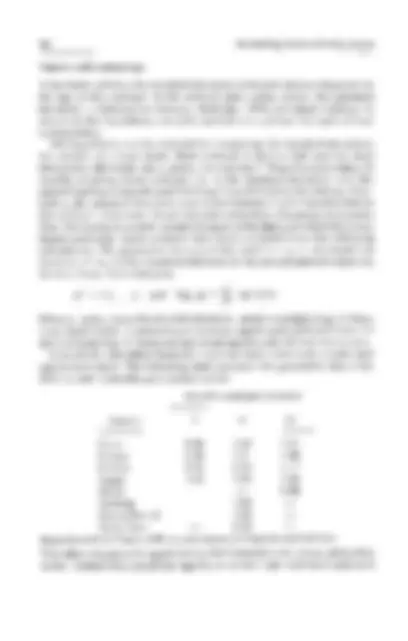
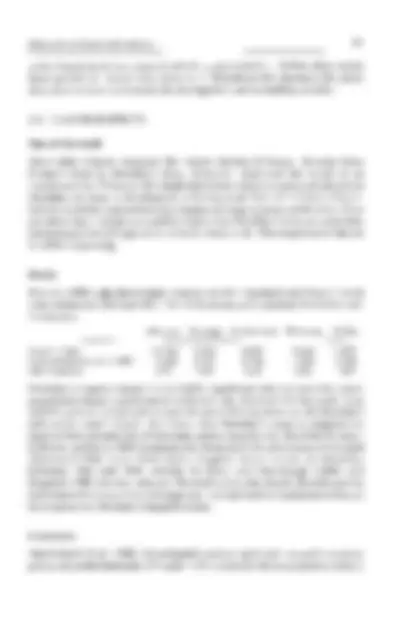

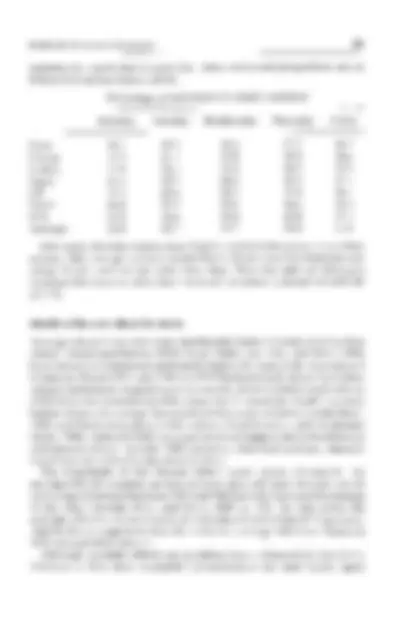

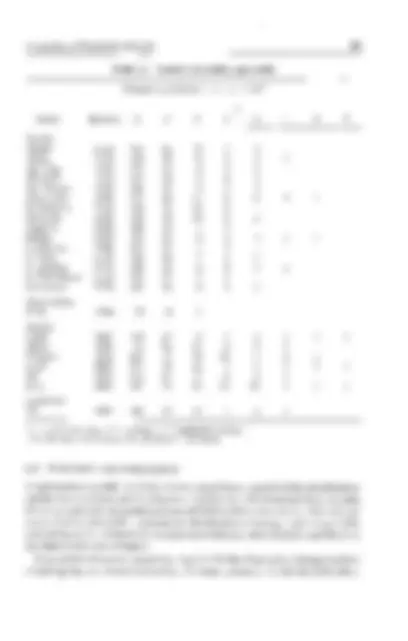




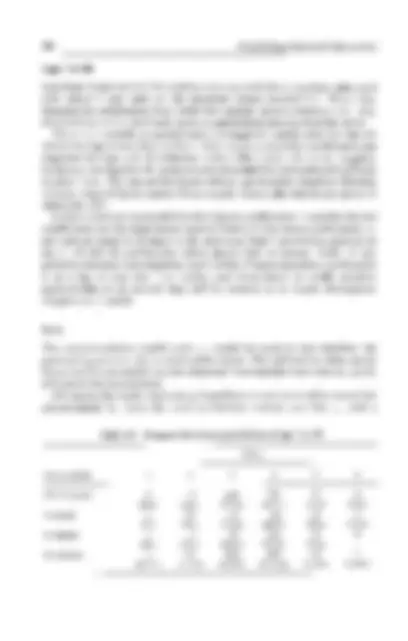


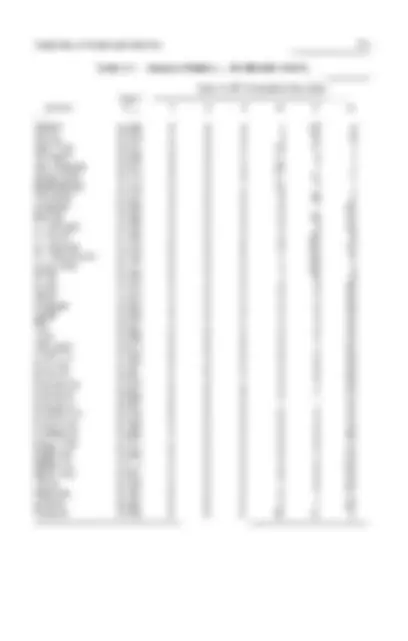

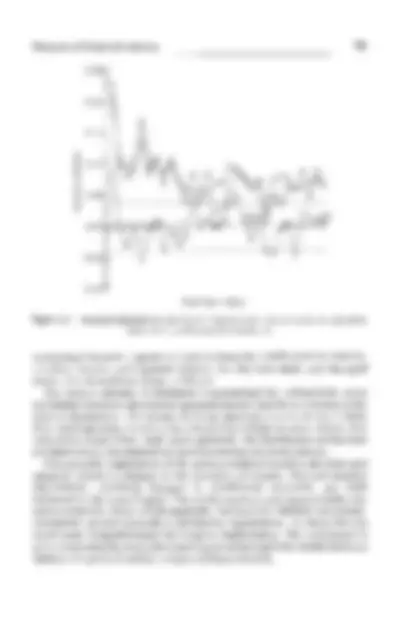
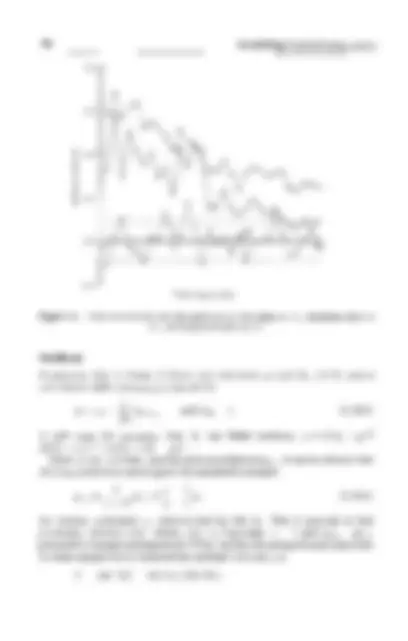
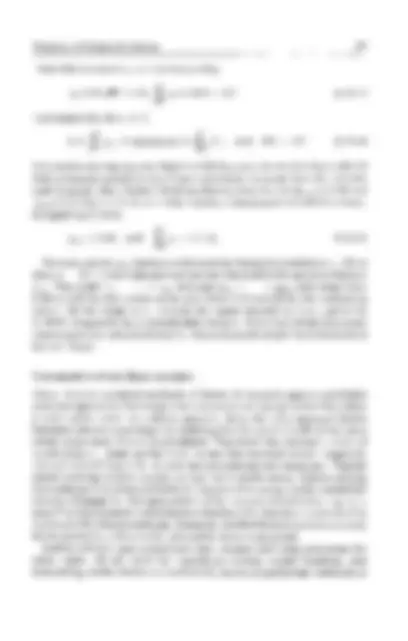
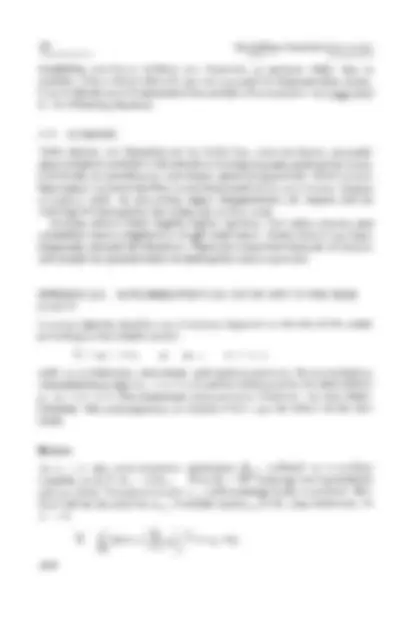
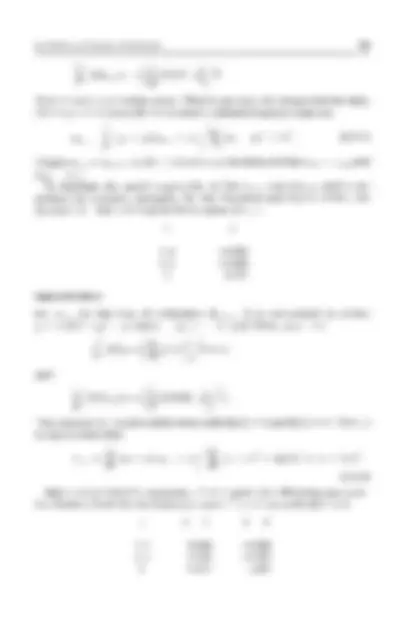
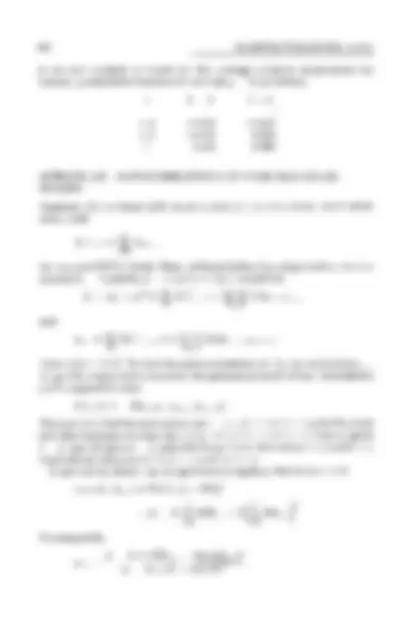
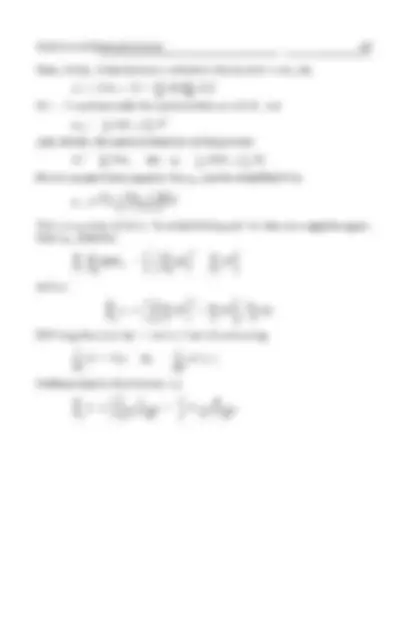


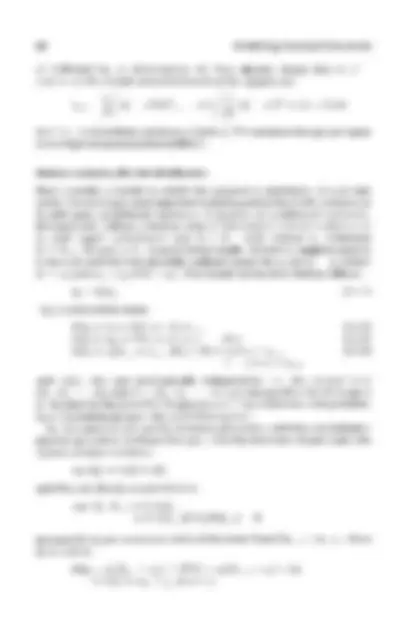
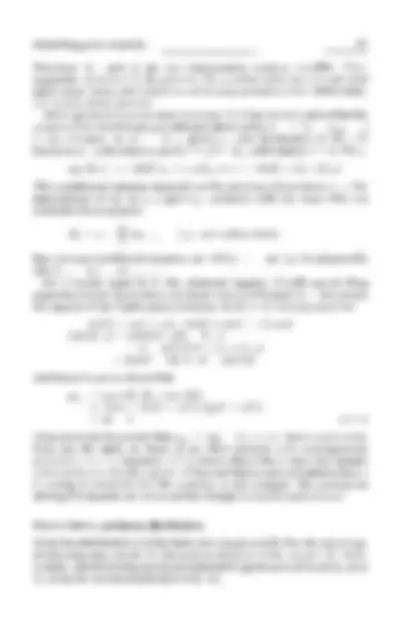
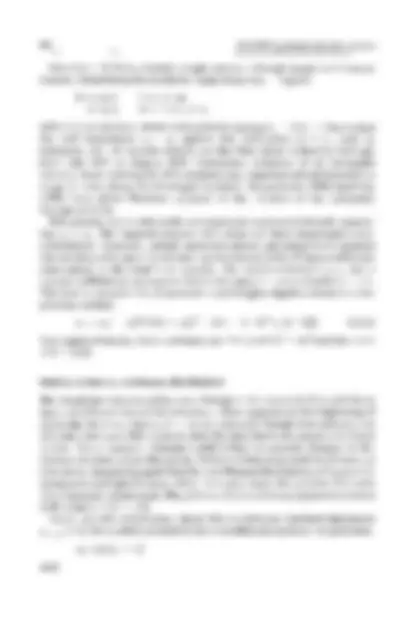
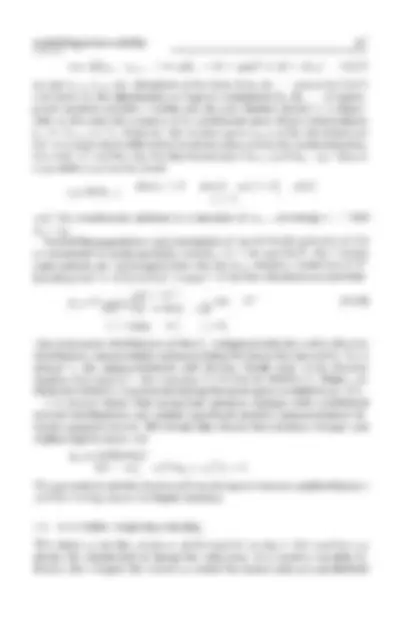

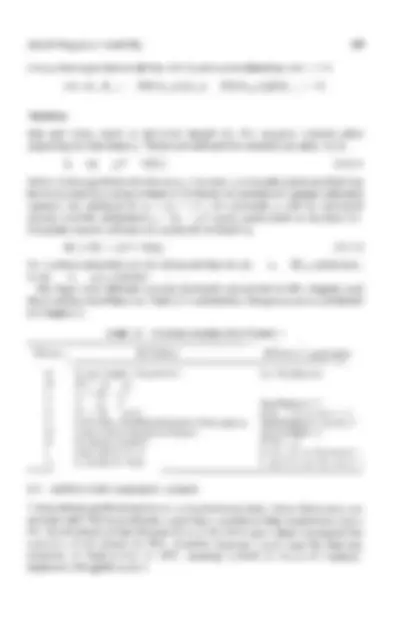






Estude fácil! Tem muito documento disponível na Docsity

Ganhe pontos ajudando outros esrudantes ou compre um plano Premium


Prepare-se para as provas
Estude fácil! Tem muito documento disponível na Docsity
Prepare-se para as provas com trabalhos de outros alunos como você, aqui na Docsity
Os melhores documentos à venda: Trabalhos de alunos formados
Prepare-se com as videoaulas e exercícios resolvidos criados a partir da grade da sua Universidade
Responda perguntas de provas passadas e avalie sua preparação.

Ganhe pontos para baixar
Ganhe pontos ajudando outros esrudantes ou compre um plano Premium
Comunidade
Peça ajuda à comunidade e tire suas dúvidas relacionadas ao estudo
Descubra as melhores universidades em seu país de acordo com os usuários da Docsity
Guias grátis
Baixe gratuitamente nossos guias de estudo, métodos para diminuir a ansiedade, dicas de TCC preparadas pelos professores da Docsity
Livro Séries Temporais Econometria
Tipologia: Manuais, Projetos, Pesquisas
1 / 297

Esta página não é visível na pré-visualização
Não perca as partes importantes!





























































































n
h
Imcaster University, UK
world scientific
Published by World Scientific Publishing Co. Pte. Ltd. 5 Toh Tuck Link, Singapore 596224 USA oflice: 27 Warren Street, Suite 401-402, Hackensack, NJ 07601 UK ofice: 57 Shelton Street, Covent Garden, London WC2H 9HE
Library of Congress Cataloging-in-PublicationData Taylor, Stephen (Stephen J.) Modelling financial time series / b y Stephen J Taylor. -- 2nd ed.
Reprint of the edition originally published: Chichester [West Sussex] ; New York :
Includes bibliographical references and index. ISBN-I 3: 978-981-277-084- ISBN- 10: 98 1 -277-084-
p. cm.
Wiley, c1986.
British Library Cataloguing-in-PublicationData A catalogue record for this book is available from the British Library.
Copyright 0 2008 by World Scientific Publishing Co. Re. Ltd. All rights reserved. This book. or parts thereof; may not be reproduced in any form or by any means, electronic. or tnechanical, including photocopying, recording or any information storage and retrieval system now known or to be invented, without written permission,from the Publisher.
For photocopying of material in this volume, please pay a copying fee through the Copyright Clearance Center, Inc., 222 Rosewood Drive, Danvers, M A 01923, USA. In this case permission to photocopy is not required from the publisher.
Printed in Singapore by World Scientific Printers ( S ) Pte Ltd
This page intentionally left blankThis page intentionally left blank
Contents-
Preface to the 2nd edition
Preface to the 1st edition
Contents i x
Step variances, continuous distributions Markov variances, continuous distributions
Notation
3.3 A general variance model
3.4 Modelling variance jumps
General models Stationary models The lognormal, autoregressive model
General concepts Caused b y past squared returns Caused b y past absolute returns ARMACH models
Variances not caused b y returns Variances caused b y returns
Modelling frequent variance changes not caused by prices
3.6 Modelling frequent variance changes caused b y past prices
3.7 Modelling autocorrelation and variance changes
Parameter estimation for variance models Parameter estimates for product processes Lognormal AR(1) Results 3.10 Parameter estimates for ARMACH processes Results 3.11 Summary
4.1 Introduction 4.2 Key theoretical results Uncorrelated returns Correlated returns Relative mean square errors Stationary processes 4.3 Forecasts: methodology and methods Benchmark forecast Parametric forecasts Product process forecasts ARMACH forecasts EWMA forecasts Futures forecasts
4.4 Forecasting results Absolute returns
a a
X Con tents
Conditional standard deviations Two leading forecasts M o r e distant forecasts Conclusions about stationarity Another approach
Examples
Recommended forecasts f o r the next day
Estimates of t h e variances o f sample autocorrelations
Linear processes Non-linear processes
Rescaled returns Variance estimates f o r recommended coefficients Exceptional series 5.9 Simulation results
Asymptotic limits Finite samples
Autocorrelation tests Spectral tests The runs test
Price-trend autocorrelations A n example Price-trend spectral density
7.7 Further forecasting theory Expected changes in prices Forecasting the direction of the trend Forecasting prices
Filter rules Benchmarks Significance Optimization
Returns Risk Necessary assumptions
Trading strategies Assumptions Conditions for trading profits Inefficient regions Some implications
Strategies Assumptions Notes on objectives
Com mod ities Currencies
Calibration contracts Test contracts Portfolio results
... Contents X l l l
Formulae for a stationary process Examples Non-stationary processes Conclusions Price trends and call values A formula for trend models Examples
Random walks Price trends
Author index Subject index
Preface to the 2nd Edition
Modelling Financial Time Series was first published by John Wiley and Sons in 1986. The first edition appeared when relatively few people were engaged in research into financial market prices. In the 198Os, it required a considerable effort to obtain long time series of prices, while further effort was required to write computer programs that could test hypotheses about price behaviour. Furthermore, the potential for modelling and forecasting
empirical finance researchers, price data are freely available on the internet,
volatility for risk managers and traders are generally understood. The first edition made a particular contribution to the development of financial econometrics, by describing the empirical characteristics of market prices and several models that could explain the early empirical evidence. Some of the people cited in the first edition have continued to expand our understanding of the dynamic properties of asset prices, most notably Robert Engle, Clive Granger and George Tauchen. Important new ideas subsequently flowed from a talented generation of researchers, many of whom are named in the additional references at the end of this preface. I am pleased to acknowledge these contributions, of which several have been made by Tim Bollerslev and Neil Shephard. The remainder of this preface summarises both the innovative material included in the first edition and the related key innovations in more recent years. A detailed, contemporary presentation of models for financial time series can be found in Taylor (2005).
three most important features are summarised on page 58: daily returns are there described as having firstly low autocorrelations, secondly non-normal distributions and thirdly a non-linear, generating process. The third feature was deduced by observing that there i s “substantially more correlation
unknown when my book was published, in contrast with the first and second facts which were well-known from Fama’s (1965) paper and earlier studies. Some people refer to the third fact as the ‘Taylor effect’and, additionally, observe that absolute returns seem to have higher correlations than squared
shows that we need price models which do not assume that returns have independent and identical distributions. The non-normality of returns, their almost-zero autocorrelations and the positive dependence among absolute and squared returns remain the
discussed the power A that maximises the autocorrelations of the time series { l r t l ) , with r, denoting the return for day t in this preface. The results in Ding,
that the maximum autocorrelation most often occurs when A i s approximately one, i.e., for absolute returns. Chapter 3 provides reasons for changes in volatility, and it states and compares several stochastic volatility models. The prior work of Clark and
supposing these measure of market activity are correlated across trading days,
the correlation among absolute and squared returns. The simplest interesting model for volatility supposes that it follows a two-state Markov chain, as considered on page 67, but more volatility states are required to provide a
Two of the volatility models described in Chapter 3 have been used in numerous empirical studies. The lognormal, autoregressive model for a latent
,u plus the product of the volatility o,and an i.i.d. standard normal variable u,,
with
Because this model has two random components (u, and 7,) per unit time, it i s impossible to exactly observe the realisations of the volatility process and relatively difficult to estimate the parameters of the AR(1) process for log(o,).
conditional normal distribution, and it i s also contradicted by the empirical
that permitted the Z, to have a fat-tailed distribution; their Student-t choice i s a mixture of normal distributions that can be motivated by uncertainty at time t - 1 about the amount of relevant news on day t. There are many similarities between SV models and general ARCH models, which are surveyed in Taylor
these two types of models provides the best description of market returns. A general ARCH model has a general specification for the conditional variance h, and a very considerable number of specifications have been
q terms
contribution to volatility modelling by demonstrating that the symmetric
asymmetric ARCH models, with one of the most popular being the following simple extension of GARCH(1, I ) defined by Glosten, Jagannathan and
1 I i 5 q.
with S,, = 1 if rt-l < p and otherwise S,, = 0. Other notable ARCH variations include working with linear functions
making the conditional mean a function of h, (Engle, Lilien and Robins,
and Mikkelsen, 1996). The survey by Bollerslev, Chou and Kroner (1992) covers a considerable number of applications, while the subsequent survey
detailed examples of the specification of conditional densities for daily
Chapter 4 compares some methods for estimating and forecasting volatility. inferences about volatility forecasting methods are obtained indirectly by
exponentially weighted moving averages of absolute returns are used to measure volatility, as they are robust against changes in the long-run level
of volatility and are also empirically as accurate as alternative methods. Volatility forecasts are of particular interest to risk managers and option traders, and a vast literature now compares forecasting methods; for a recent
volatility levels implied by option prices and upon high-frequency returns, typically by using measures such as the daily sum of squared five-minute returns (e.g., Blair, Poon and Taylor, 2001 1.
observations from independent and identical distributions. This formula fails
b/& , with b > 1 estimated from the observed data. The formula evaluated comes from my 1984 paper and it i s also derived (using different
returns minus their average divided by an estimated conditional standard deviation, are shown to have autocorrelations whose sample variances are much closer to the classical result.
hypothesis. One of the test statistics i s derived in one of my 1982 papers and
the simplest that has these autocorrelation properties. The appropriate test statistic i s then proportional to &$rfir, with 9 a suitable AR parameter value, f i r the sample autocorrelation for lag r a n d the sum taken over the first k lags.
and currency returns, for choices of 4 and k that have high test power for plausible trend parameters. This conclusion does not hold, however, for the tested equity series, that appear instead to be best described by MA(1) processes.
as Kariya et a/. (1995). Many papers have instead employed the variance- ratio test statistic of Lo and MacKinlay (1 988). This test compares the variance of k-day returns with k multiplied by the variance of one-day returns. It i s equivalent to basing the test upon the linear combination X ( k - r ) f i r , with
test are based upon sums cwrfir, with w, > w, > w, > > 0, they are both expected to be powerful for the same alternatives to the random walk hypothesis. These alternatives include the ARMA(1,l) specifications provided
include the models of Fama and French (1988) and Poterba and Summers (1988) that assert market prices revert towards rational levels that follow a